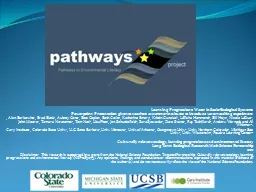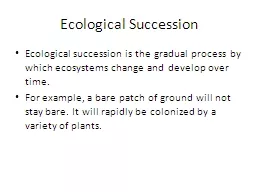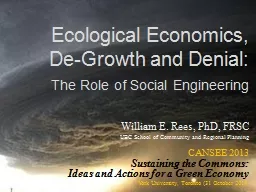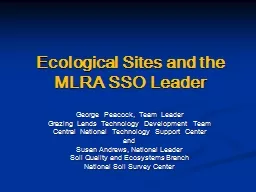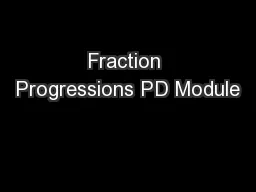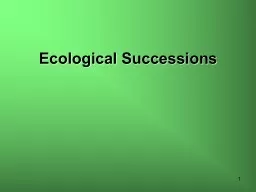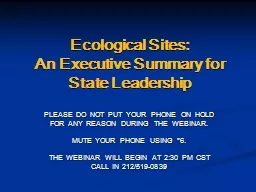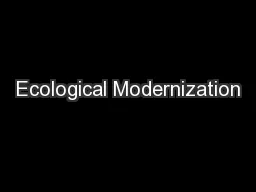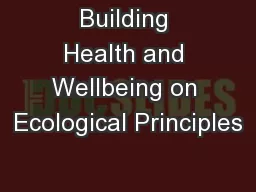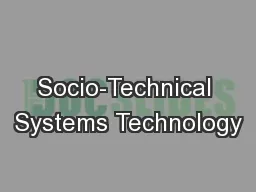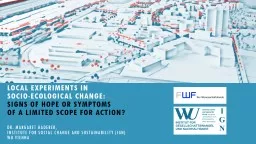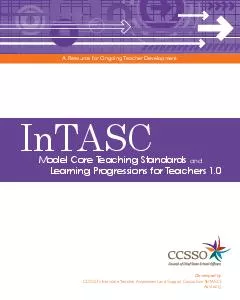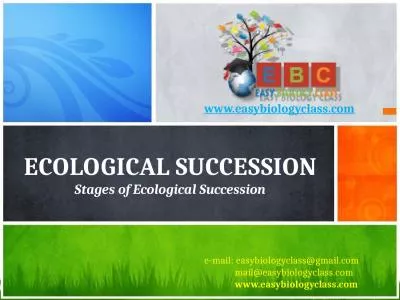PPT-Learning Progressions: Water in Socio-Ecological Systems
Author : conchita-marotz | Published Date : 2018-01-03
Powerpoint Presentation given to teachers at summer institutes to introduce water teachin g experiment Alan Berkowitz 1 Brad Blank 2 Aubrey Cano 3 Bess Caplan
Presentation Embed Code
Download Presentation
Download Presentation The PPT/PDF document "Learning Progressions: Water in Socio-Ec..." is the property of its rightful owner. Permission is granted to download and print the materials on this website for personal, non-commercial use only, and to display it on your personal computer provided you do not modify the materials and that you retain all copyright notices contained in the materials. By downloading content from our website, you accept the terms of this agreement.
Learning Progressions: Water in Socio-Ecological Systems: Transcript
Download Rules Of Document
"Learning Progressions: Water in Socio-Ecological Systems"The content belongs to its owner. You may download and print it for personal use, without modification, and keep all copyright notices. By downloading, you agree to these terms.
Related Documents

